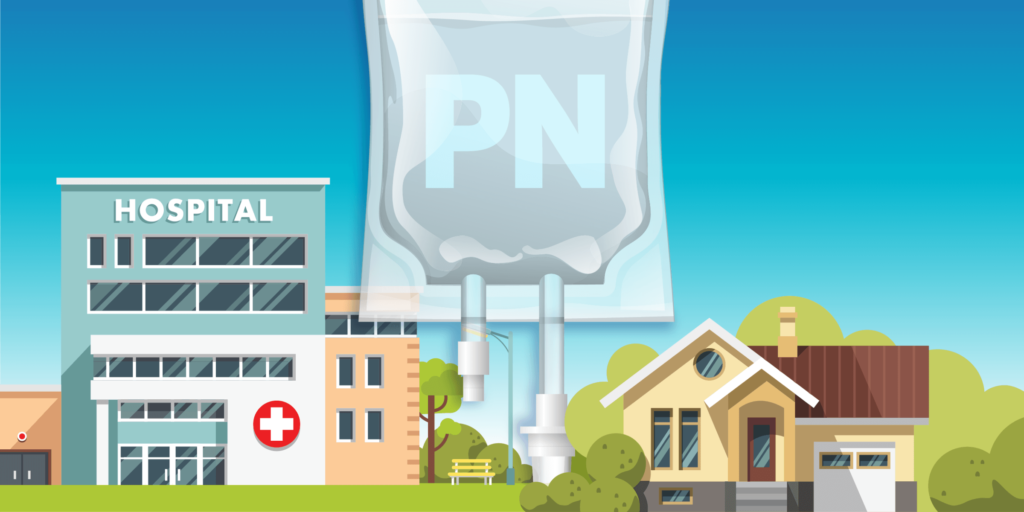

Parenteral nutrition (PN): from hospital to home
Transforming the delivery of healthcare
Many people, especially those living in rural areas, must drive long distances to receive care at their nearest medical clinic or hospital. This has been an issue for years—one that has forced thinking to become more consumer-centric.1 Then, the pandemic in 2020 accelerated this way of thinking into action. Telehealth—or telemedicine—has been around for years but not widely used. Now, telehealth is becoming increasingly available, forever transforming the delivery of healthcare.
According to an Issue Brief by the Assistant Secretary for Planning and Evaluation, nearly half of Medicare primary care visits were provided via telehealth in April 2020, compared with less than 1% in February 2020.2
Use of telehealth in rural areas
Telehealth changes the equation for so many people, as they now have access to healthcare no matter where they live. It also brings forth the opportunity to transform the economics of rural hospitals and remote communities.1 How?
Before the turn of the decade, 120 rural hospitals were forced to close their doors while a quarter of the survivors remained at high risk for closing.3
Specialists, including neonatologists, neurologists, and cardiologists, are available to rural hospitals via telehealth; this allows patients to receive care without being transferred to a larger facility that’s located farther away.1 In turn, the rural hospital receives most of the compensation, which strengthens its economy.1
Telehealth’s impact on home PN (HPN) patients
Telehealth services have been utilized by patients for years, including those receiving PN at home. It allows for one-on-one visits with a provider who can obtain a thorough history and observe a patient’s home environment.4 Home supplies and equipment setup for HPN may also be evaluated, which has the potential to prevent readmissions and infections.5 Telehealth also allows for easy coordination of group visits and continued group education.4
One study showed that remote video consultations saved time and miles traveled for patients living far from their medical center, which allowed for improved visit attendance.6 And a quality improvement initiative of early post-discharge telemedicine visits involving 26 pediatric HPN patients showed that a telehealth provider helped families recognize early challenges associated with learning or harmful situations.5
Barriers to receiving telehealth care at home
While telehealth visits provide additional services that may be missed in traditional outpatient visits, there are some challenges to receiving care at home, including fragmented insurance coverage, in-state medical licensure requirements, established in-person physician-patient relationships, completion of telemedicine-specific informed consent forms, and reliable internet and communications devices.7,8 In the opinion of Raphael et al, despite these challenges, more hospitals, payers, accreditors, and families are looking to telehealth visits for managing PN at home.5
Nourishing PN patients—from hospital to home
As pioneers in clinical nutrition, our innovations nourish at every age and stage of life—from hospital to home. We are proud to have developed the first and only three-chamber bag for adult PN in the U.S., which can be conveniently stored and dispensed by a pharmacy anytime, including nights and weekends. Learn more about how we can help you help your HPN patients flourish with our innovations that nourish at www.FreseniusKabiNutrition.com/pn-portfolio/.
3806-NP-08-02/23